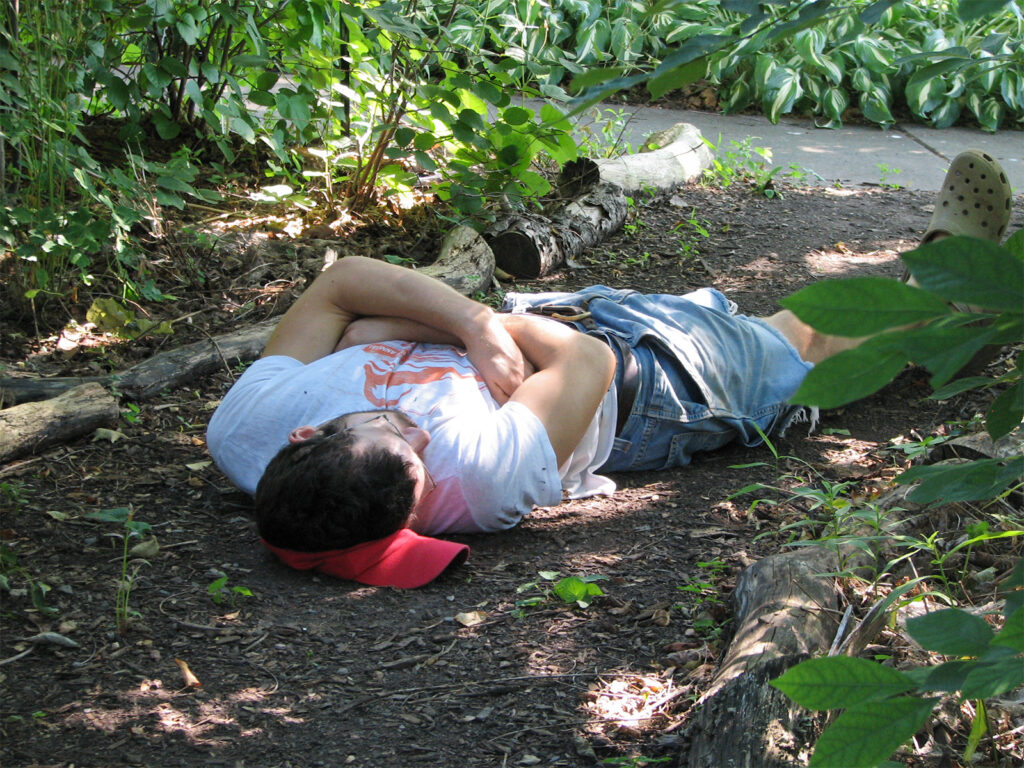We try to provide everything wildlife needs for a healthy habitat:
Besides these habitat basics, we use earth-friendly gardening practices, which is the other part of a healthy habitat.

And we make sure it’s an enjoyable, healthy place for people, too, providing food in our edible garden, protecting and conserving our community’s water, providing cover (our home), and a place to have raised our young — all in a chemical-free environment (as much as is possible in today’s world awash in chemicals, mostly unregulated …)
Reflections
Creating a wildlife habitat is more than just planting a pretty garden. It’s actually restoring one small piece of the ecosystem. Before starting out to create a natural habitat, it is important to realize that all plant and animal species have an impact on and are affected by other living organisms and the environment around them. Science refers to this interaction as an ecosystem. Healthy ecosystems are balanced. If you understand this principle and apply it to your garden and landscape plans, you’ll create a balanced, self-sustaining mini-ecosystem that supports birds, butterflies, and a wide variety of wildlife species.
~ David Mizejewski, Attracting Birds, Butterflies and Other Backyard Wildlife, p. 13
Nature does nothing uselessly.
~ Aristotle
The greater the number of plant species one grows, the greater the number of herbivorous insect species one supports and the more reliable the population of pathogens and predatory insects that control them. Only the scale is different from the game of fox and voles, for “habitat” in the case of a chewing or sucking insect is its host plant — its goldenrod, milkweed, willow, or birch.
~ Sara Stein, Noah’s Garden: Restoring the Ecology of Our Own Back Yards, 1993, p. 112
